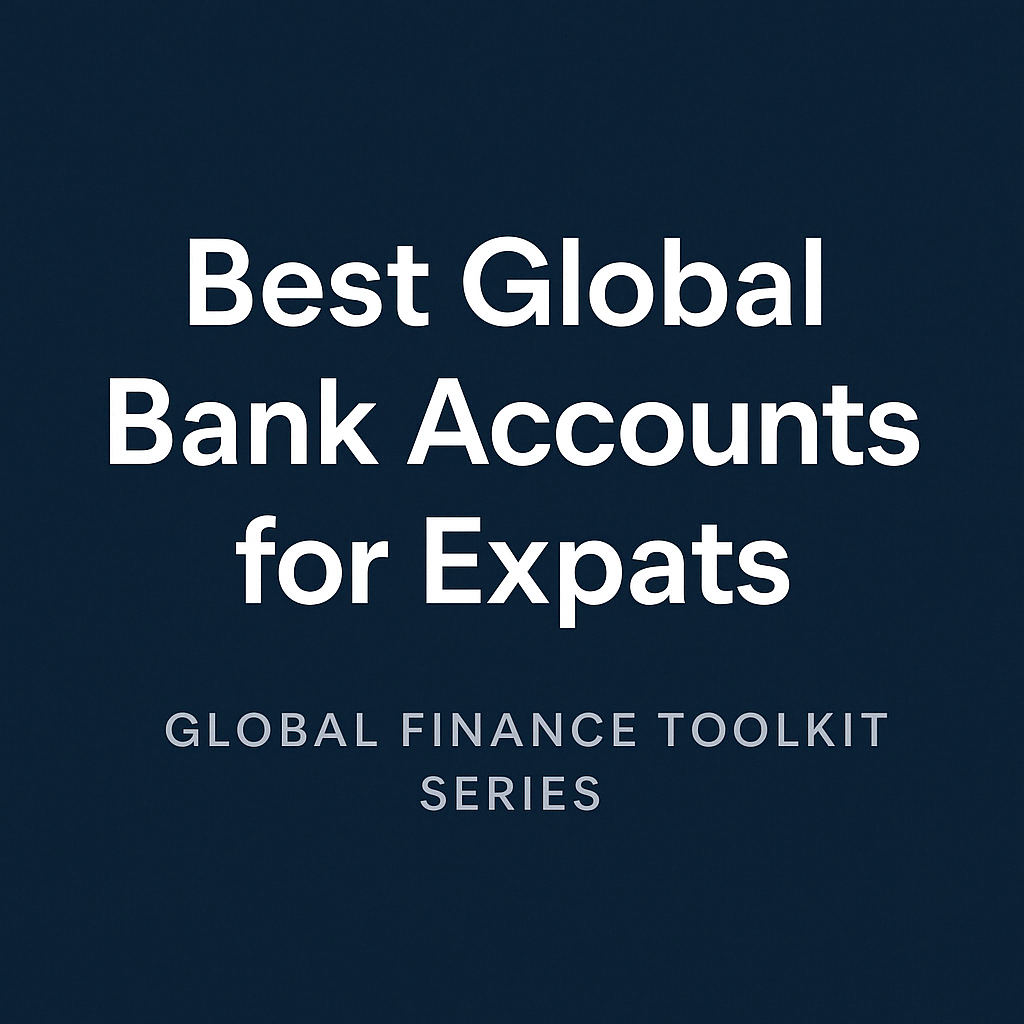Introduction: Why You Need to Plan Beyond 2025
By 2025, most international spenders have learned to avoid foreign transaction fees and use smart fintech tools.
But the global financial system is evolving rapidly, and what works today may soon be outdated.
From digital currencies to real-time payments, the future of global payments is already taking shape.
This guide will help you understand the next wave of changes—and how to prepare your personal and business finances for what’s coming next.
The Global Shift: Key Trends Shaping Payments After 2025
Here are the most important payment trends that will define the post-2025 era:
- Central Bank Digital Currencies (CBDCs)
Countries like China, the EU, and the US are actively developing state-backed digital currencies. These may reduce reliance on traditional banks and transform cross-border transactions. - Real-Time Payments (RTP) and Instant Settlements
Fintech platforms are racing to enable instant cross-border transfers with no delays, using blockchain or AI-driven systems. - Digital Wallet Ecosystems
Apple Pay, Google Wallet, and other smart wallets are expanding to support multiple currencies, loyalty programs, and even crypto assets in one place. - Decentralized Finance (DeFi) and Web3 Payments
Peer-to-peer, permissionless payment protocols are gaining traction—offering full control without intermediaries.
The End of Traditional Banking for Global Payments?
As technology improves, more users are bypassing banks for international transactions.
Why?
- High fees, delays, and outdated interfaces
- Lack of transparency in exchange rates
- Limited access to global services for freelancers, digital nomads, and global entrepreneurs
Instead, people are moving toward:
- Multi-currency fintech platforms (Wise, Revolut, N26)
- Borderless bank accounts
- AI-based finance advisors and smart budgeting tools
Smart Strategies to Future-Proof Your Global Payments
To prepare for the next phase in financial globalization:
- Diversify Your Tools
Don’t rely on one card or bank. Use a mix of fintech platforms, wallets, and global-friendly accounts. - Open Multi-Currency Accounts
Keep funds in local currencies where you frequently spend or earn money. - Monitor Digital Currency Developments
Learn about CBDCs and crypto regulations in your country of residence and destination countries. - Use Payment Aggregators
Platforms like Stripe or Airwallex combine invoicing, currency conversion, and real-time payment features. - Secure Your Data
As digital payments grow, protecting your identity and financial data becomes critical.
What to Watch: Payment Trends Worth Tracking
- Stablecoins for daily use (USDC, EUROC, etc.)
- Cross-border tax automation & compliance tools
- Mobile-first, bankless finance ecosystems
- Voice-activated or AI-powered transactions
Conclusion: Don’t Just Adapt—Lead the Shift
The global payments system is not just changing—it’s accelerating.
If you wait until changes are complete, you’ll always be reacting.
Start future-proofing now by adopting flexible, tech-friendly, and globally recognized financial tools.
Remember:
Global financial freedom isn’t just about spending less—it’s about being one step ahead.

